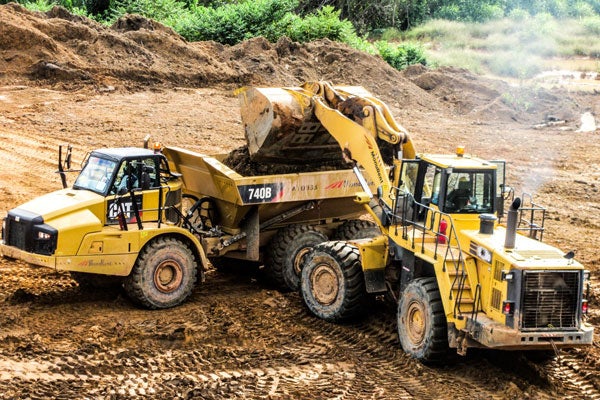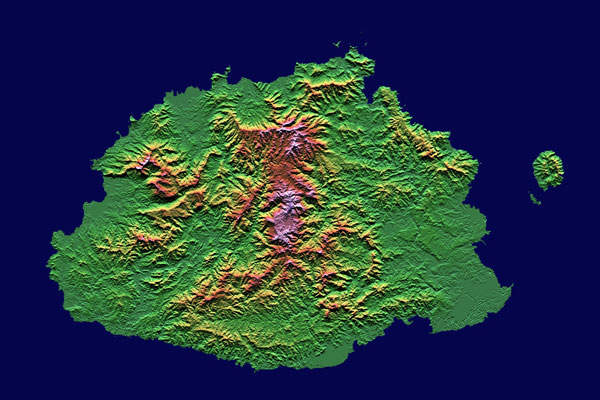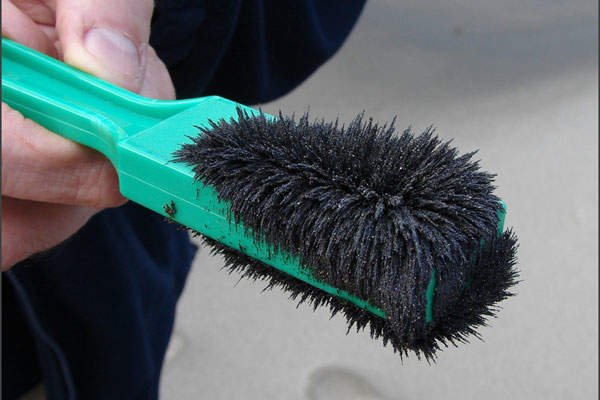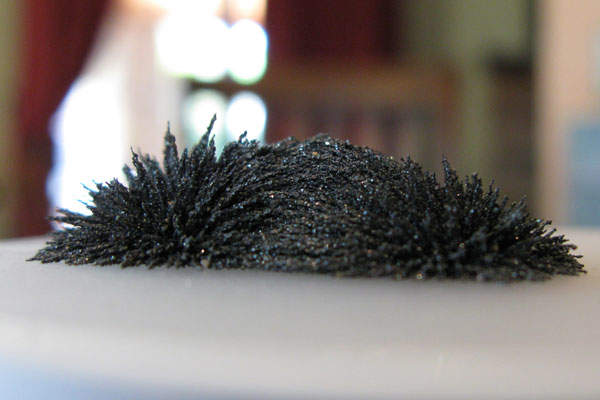
MBA Delta iron sands mine, located at the mouth of Ba River on the northwest coast of Vitu Levu island in Fiji, is the primary mining project of Amex Resources (Amex). The mine is spread over 132 square kilometres and extends partly into water. Amex obtained a 21-year special mining lease for the property in June 2012.
Production is expected to commence in September 2014 and will continue for about 20 years based on the current resources estimate. The initial production is expected to be 750,000t of magnetite ironsands concentrate. Two-thirds of the production will be supplied to a Chinese firm under a 10-year off-take agreement which can be extended by a further 10-year period.
The produced iron ore will be exported through the Lautoka port located about 30km southwest of the mine site.
Amex secured a 5.9ha site for lease near the port to build an export facility, which will provide logistics support for the barging and dredging operations as well as store 75,000t of concentrate before final treatment and export. The lease is valid for 15 years and includes two further 15-year extension options allowing for a 45-year lease period in total.
Geology and mineralisation of the Fijian mine
The mine is rich in magnetite ore, which is contained within a vanadiferous titano-magnetite. The mineralisation occurs as flat sand measuring 15kmx4km in size and containing fine to coarse magnetite. The ore containing layer extends right from the surface up to 9.4m deep and is about 4.3m thick.
MBA Delta mine reserves and quality
The indicated resources at MBA Delta are estimated to be 220million tonnes (mt) graded at 10.9% iron. The resource estimate was made using the results from a drilling programme that was launched in mid-2010. Sonic Core drill rig mounted on a barge conducted the drilling.
The mine has unexplored areas with high potential for magnetite, which are expected to double the estimated resources.
A pilot plant was established at the mine site to assess the quality of ore and send samples to potential customers. The level of impurities in the ironsands is low as witnessed by the more than 58% grade achieved through magnetic separation.
Mining and processing at Amex’s ironsands project
The initial mining is planned to be focused on the shallow and intertidal iron sand zones. The proposed plan involves setting up of bucket wheel dredging operation adjacent to the mouth of the river, and a floating concentration plant.
The concentrate will be pre-screened and put to two stages of magnetic separation before finally desliming and watering to recover magnetite ironsands. It will be transported to the port by a barge, washed and dewatered at the port to respectively remove salt and moisture, and finally exported in Amex’s own fleet of Handymax vessels.
Contractors involved with MBA Delta development
ProMet Engineers conducted prefeasibility study of the mine, whereas bankable feasibility study was conducted jointly by Engenium and Applied Technology Management.
The environment impact assessment (EIA) for the ironsand mining project was done by Envi-Green Pacific Consultancy. Water Technology, a company based in Victoria, prepared the hydrology report.
A $100m lump sum procurement, construction and management contract for the project was awarded to a Chinese state-owned company. The construction works will start in February 2014.
An exclusive wharf for accommodating Amex’s fleet and shiploading infrastructure will be built at the Lautoka export facility. China Merchant Group will build four barges that will be used by Amex for transporting the mineral. Amex will additionally buy a dredge and a work boat.
Other consultants included BMT JFA for the dredging, ATM Contracting for the wharf, and WesEng Engineering for the civil engineering.







